|
|
|
Clark County Press, Neillsville, WI May 11, 1994, Page 16 Transcribed by Dolores (Mohr) Kenyon. Index of "Good Old Days" Articles
|
|
|
|
Clark County Press, Neillsville, WI May 11, 1994, Page 16 Transcribed by Dolores (Mohr) Kenyon. Index of "Good Old Days" Articles
|
Good Old Days
By Dee Zimmerman
Originating as a private bank, the Neillsville Bank was established by Daniel Gates and his son, J. L. Gates. The private bank was purchased in 1883 by Richard Dewhurst, who, with associates, secured a state charter in September 1883, and continued the Gates bank under the name of Neillsville Bank.
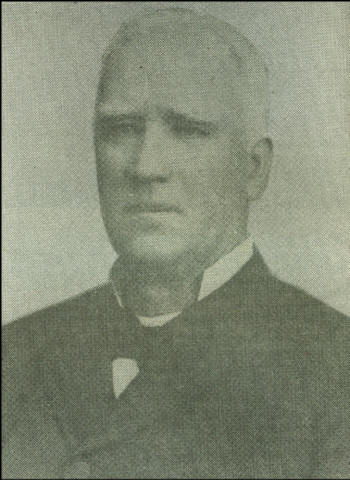 |
Richard Dewhurst
Dewhurst came to Clark County in 1856, first settling in Weston Rapids. Shortly after, he took up residency in Neillsville, being very active in its early development. In 1883, he entered the banking business when he purchased the Neillsville Bank.
Richard Dewhurst was a contemporary of James O’Neill, Sr., the founder of Neillsville. Born in 1826, he came to Clark County in 1856 as a lawyer. Establishing himself first in Weston Rapids, and after a short time, he came to Neillsville. He served two terms as county judge, was a member of the state legislature, county superintendent of schools and county treasurer.
Judge Dewhurst, a man of integrity, set high standards for the conduct of the Neillsville Bank during his affiliation.
Some of those early days of business saw checks cashed of James O’Neill, Sr., the Hewett’s, businesses of the O’Neill House, the Blakeslee Mill, etc. During its existence, it weathered two major depressions, not failing to meet its obligations, 100 cents to the dollar.
Joseph Morley
In 1905, the Neillsville Bank had a capital and surplus of $50,000. The president was Chas. F. Grow; vice president, W. L. Hemphill; Cashier, Joseph Morley; assistant cashier, Carl Stange.
The business of the bank was primarily in the hands of the Cashier, Morley.
Born in Oldham, England, in 1854, he came to America in 1875 and to Neillsville in the spring of 1876. After coming here, he accepted a position in the abstract office of Dewhurst and Hutchinson, being a very capable clerk. He graduated from he University of Wisconsin, class of 1881, accepting the position of cashier of the Neillsville Bank in 1882.
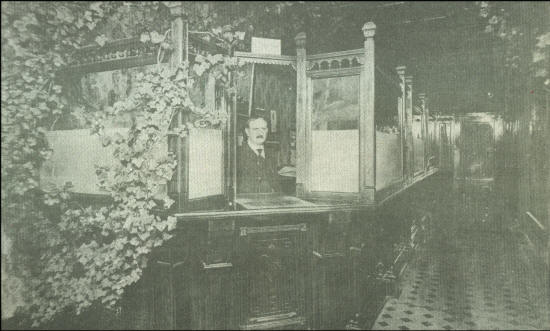 |
Serving as cashier of the Neillsville Bank, for many years, Joseph Morley started his employment there in 1882
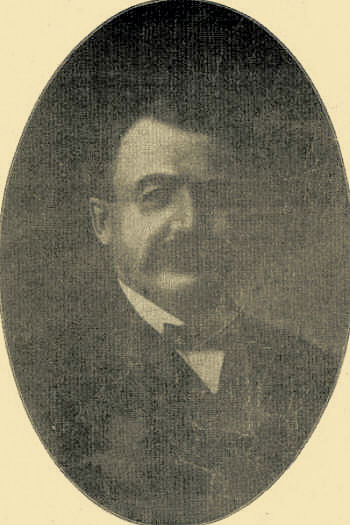 |
Wallace L. Hemphill
Hemphill came to Neillsville in 1880 working for the John Paul Lumber Co. in Clark County. “Bob” Hemphill, as he was known, served as a director of the Neillsville Bank.
Wallace L. Hemphill came to Clark County in 1880, for the John Paul Lumber Co., and after a few years succeeded Wils S. Covill as superintendent of the entire Paul interests in the county.
In 1899, he married Mary Dewhurst and remained here to become a Neillsville resident.
He served as mayor of the city in 1897-98. In 1889, he went to New Orleans as manager of the New Orleans Cypress Co. which was a Paul enterprise, the logging operations here having been finished. He lived there a year and a half, his wife and daughter, Francis, joined him during the winter months.
In 1904, he bought a two-thirds interest in the Neillsville Cash Milling Co., becoming actively in charge with the business.
Their home, the “Dewhurst House,” on South Hewett (now Tuft’s Museum), was occupied by his family and his wife’s mother, Mrs. Dewhurst. “Bob” Hemphill was also a director of the Neillsville Bank.
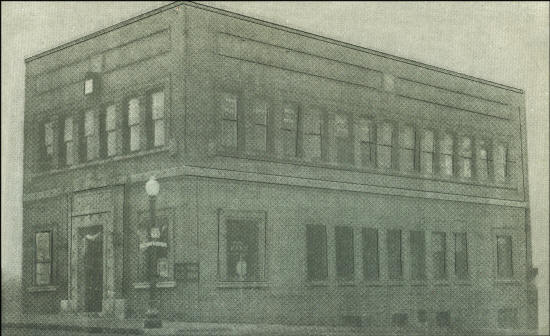 |
Neillsville Bank
The first bank in the area, during its beginning, operated in what was known then as “The O’Neill Block.” It occupied the present site of the post office, which was as well, the site of the O’Neill House. In 1909, the Neillsville Bank moved into the Gates Building, located on the southwest corner of Hewett and West Sixth Streets. It remained in that location, but in two different buildings for 66 years, moving to its new construction at the corner of West & 5th Streets in 1975.
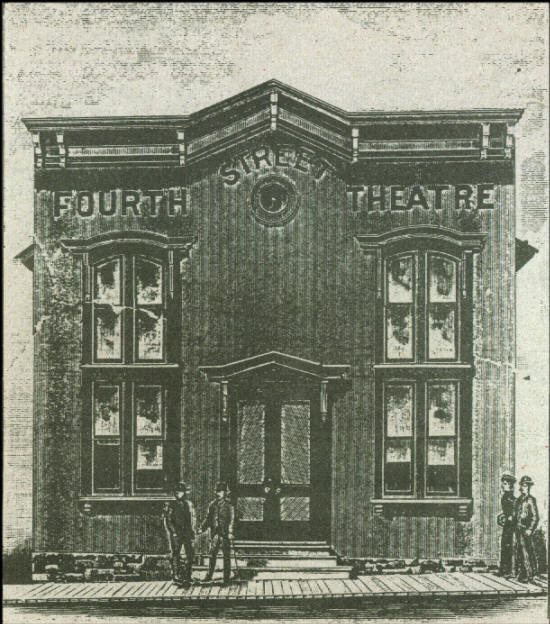 |
Fourth Street Theatre, Neillsville
This above place of amusement was built by a private fire company in 1876, and was named Fireman’s Hall. In 1885 the building was moved onto Fourth Street and the name was changed to Fourth Street Theatre. The upper story had a gallery and the hall’s capacity was 600. The theatre was owned by a stock company, consisting of J. W. Hommel, the manager, and C. C. Sniteman, H. W. Klopf, R. R. Kountz and the two Lowe Bros.
|
© Every submission is protected by the Digital Millennium Copyright Act of 1998.
Show your appreciation of this freely provided information by not copying it to any other site without our permission.
Become a Clark County History Buff
|
|
A site created and
maintained by the Clark County History Buffs
Webmasters: Leon Konieczny, Tanya Paschke, Janet & Stan Schwarze, James W. Sternitzky,
|